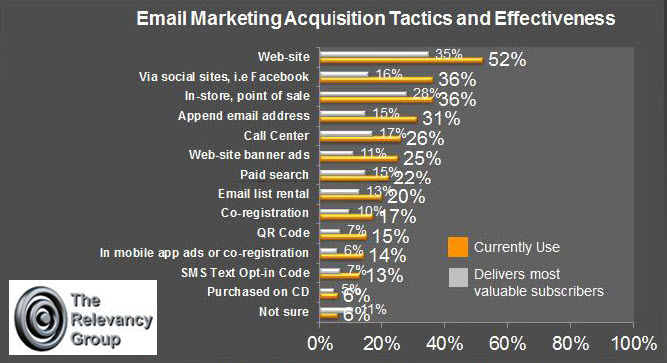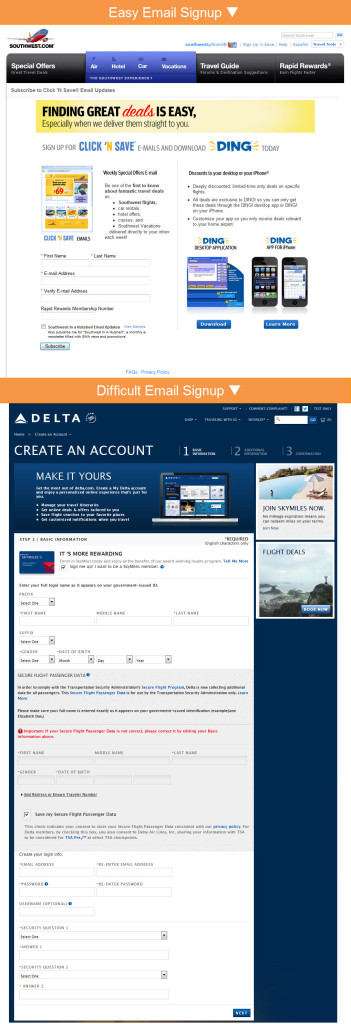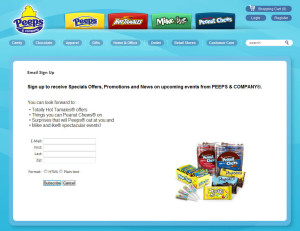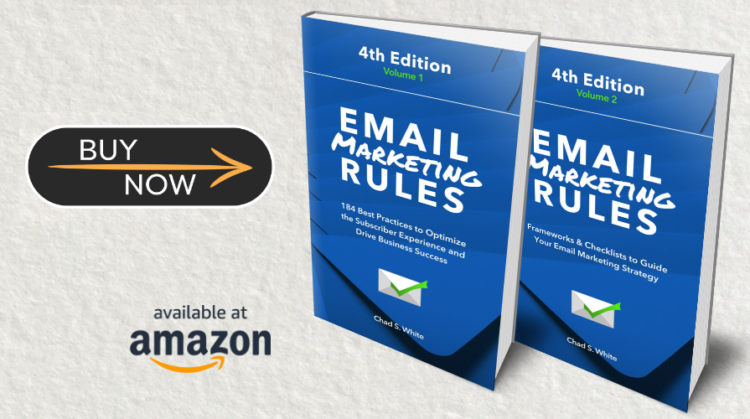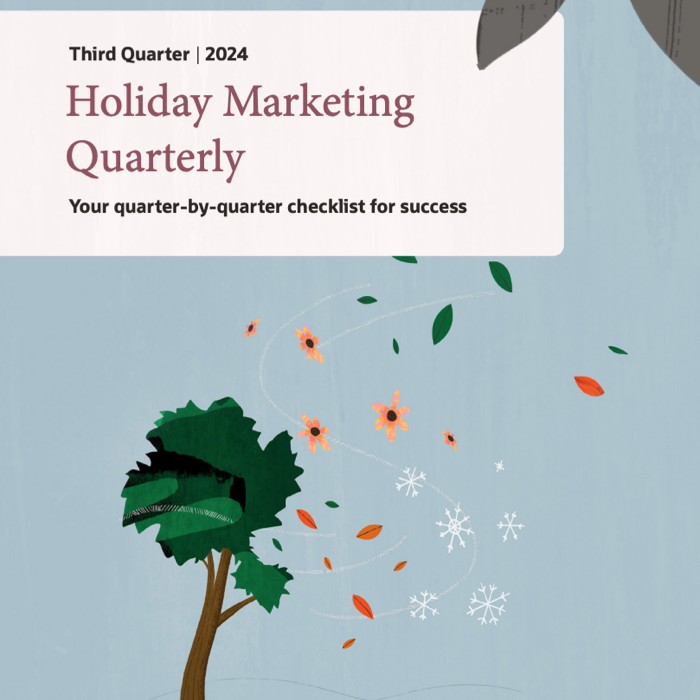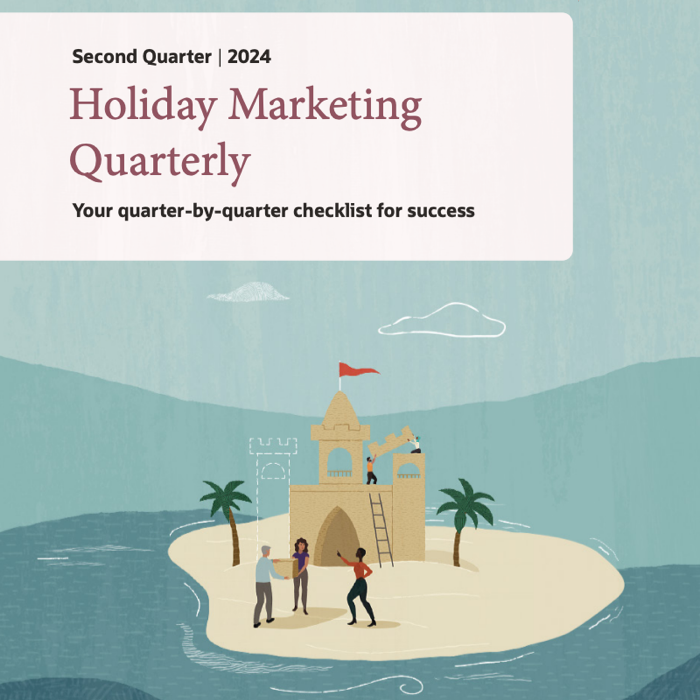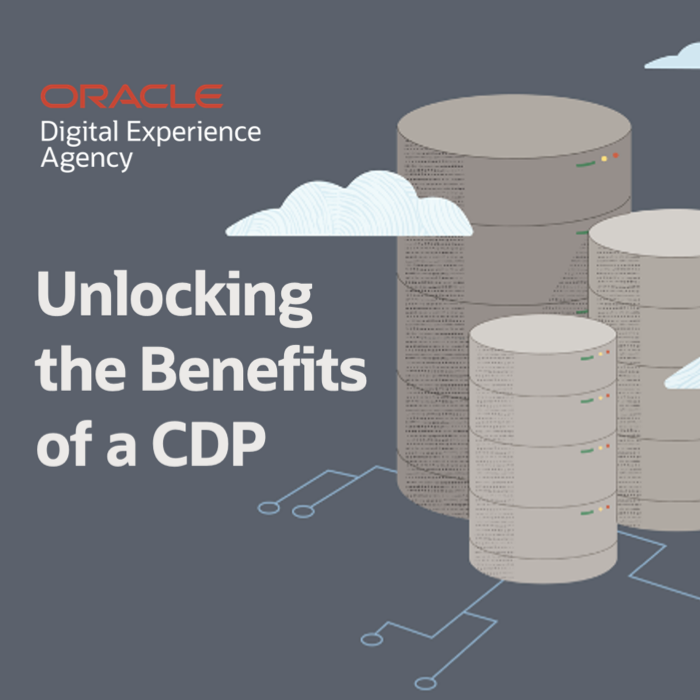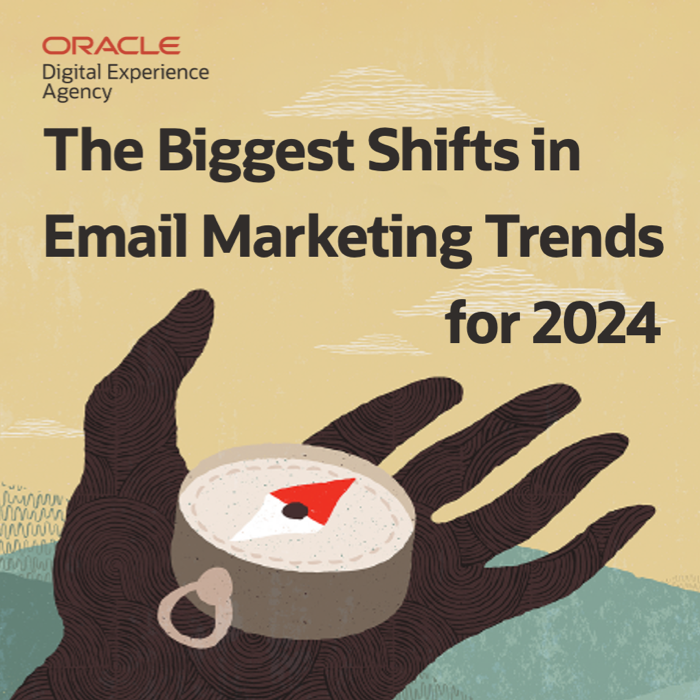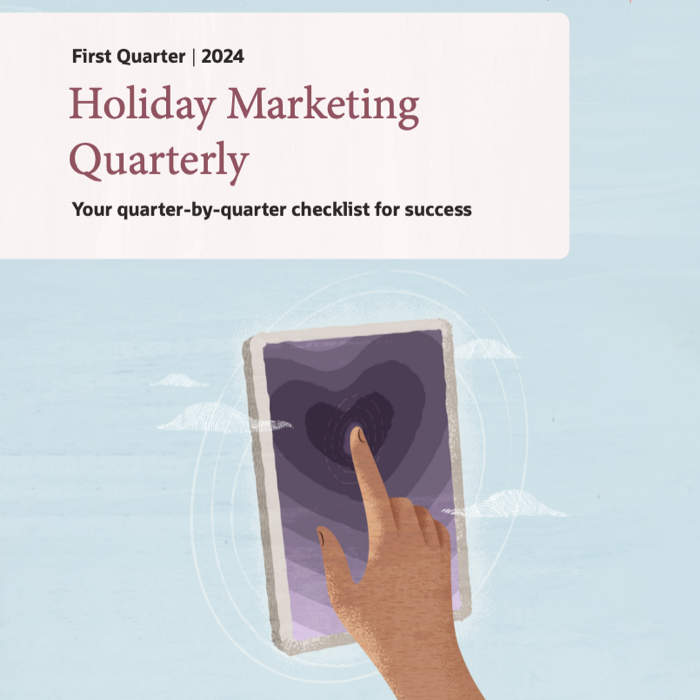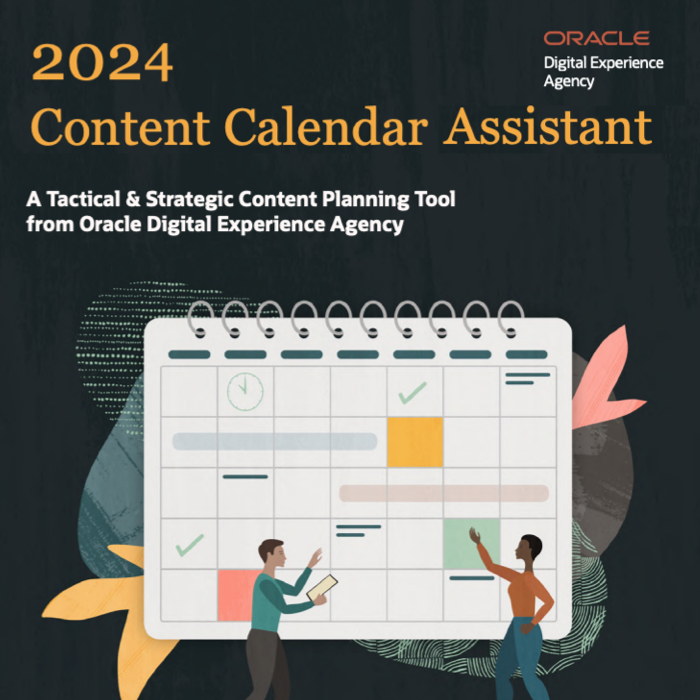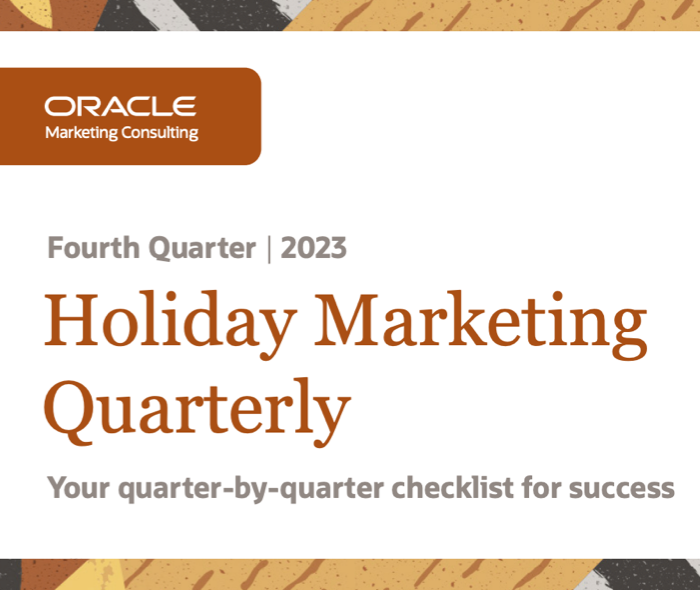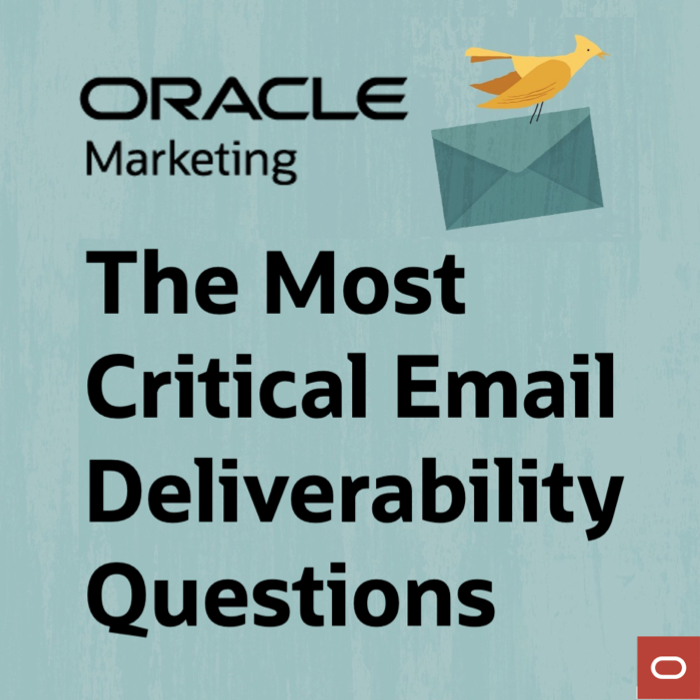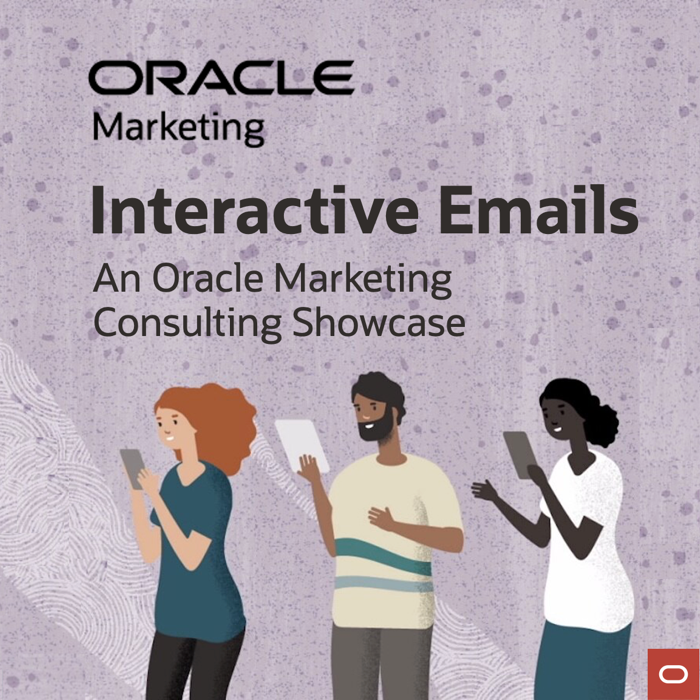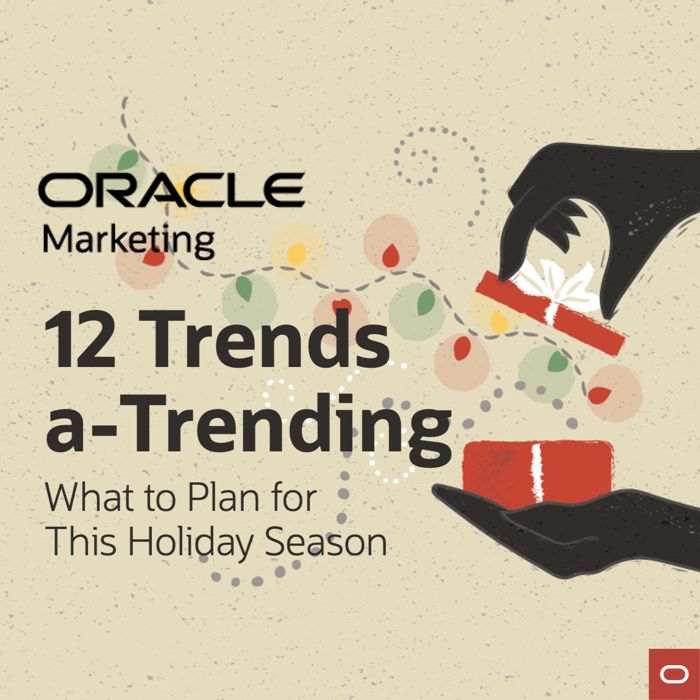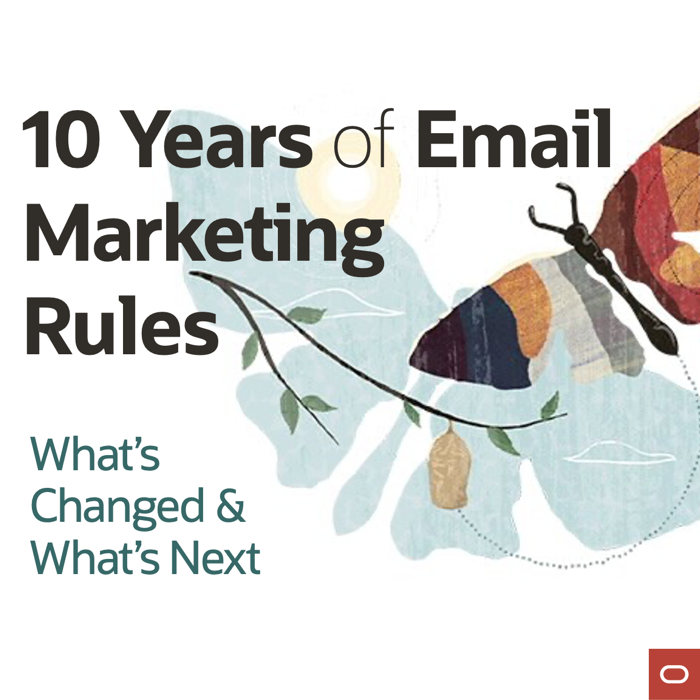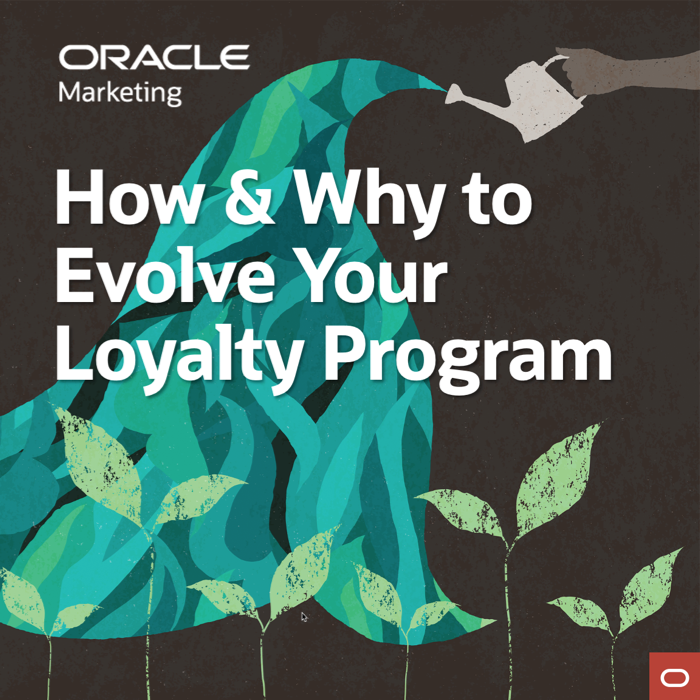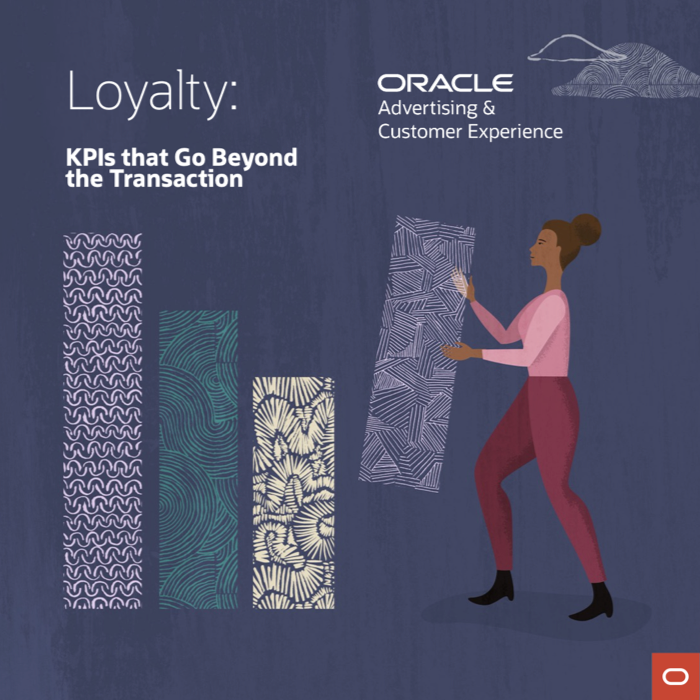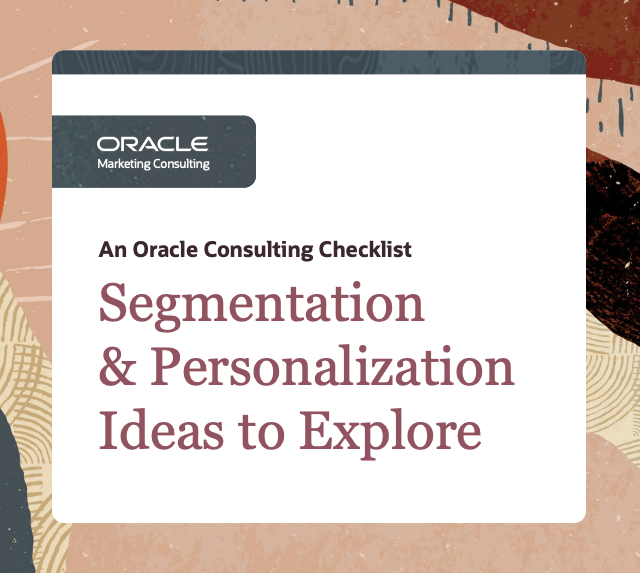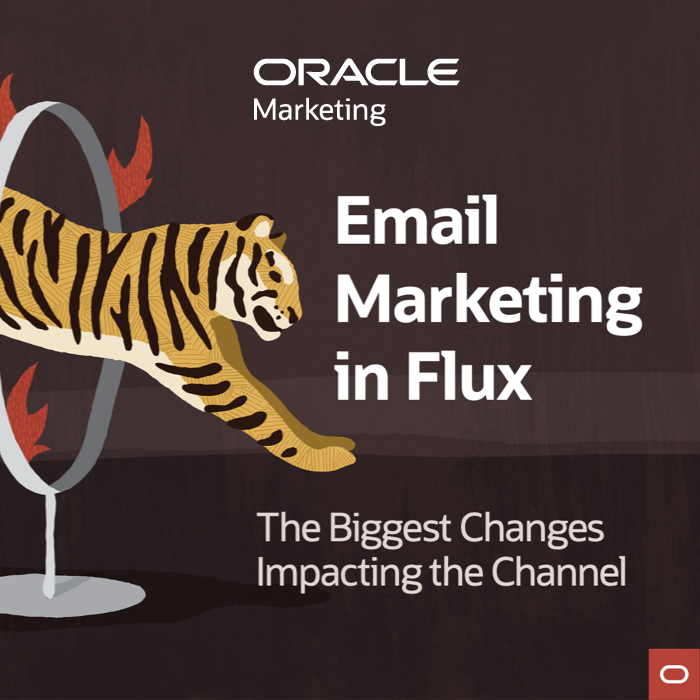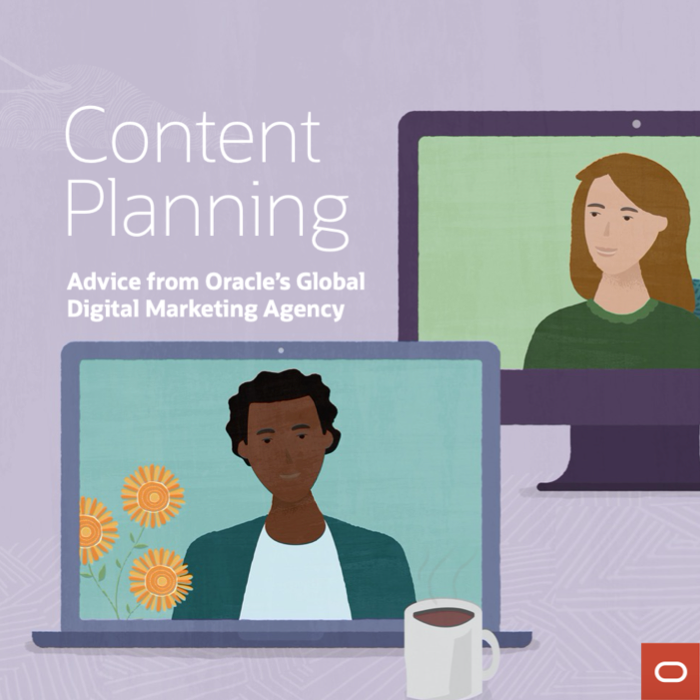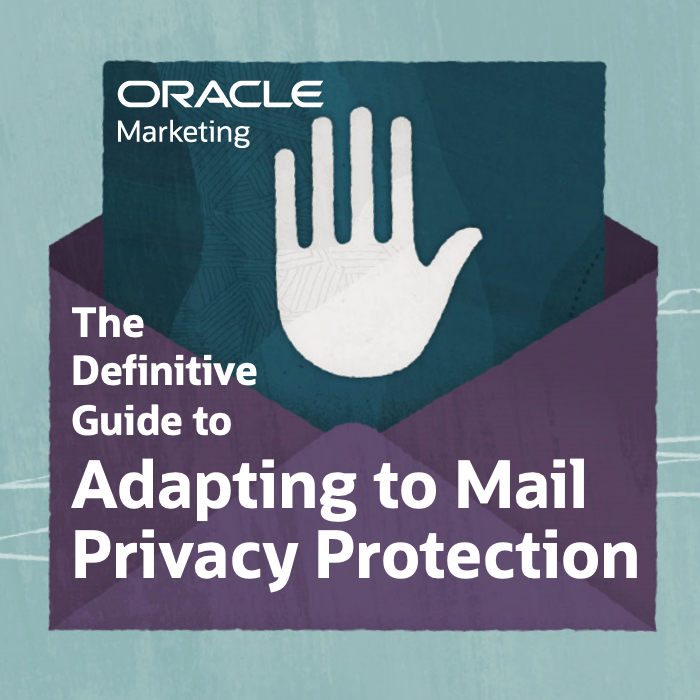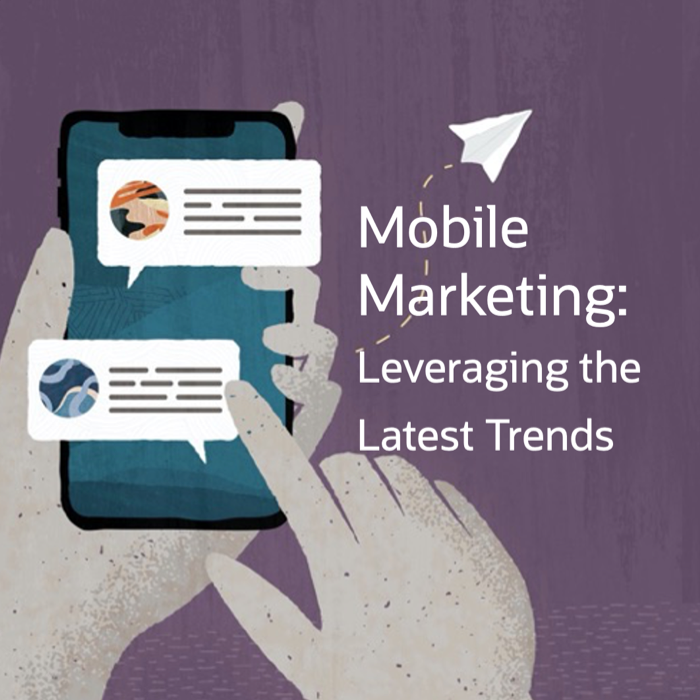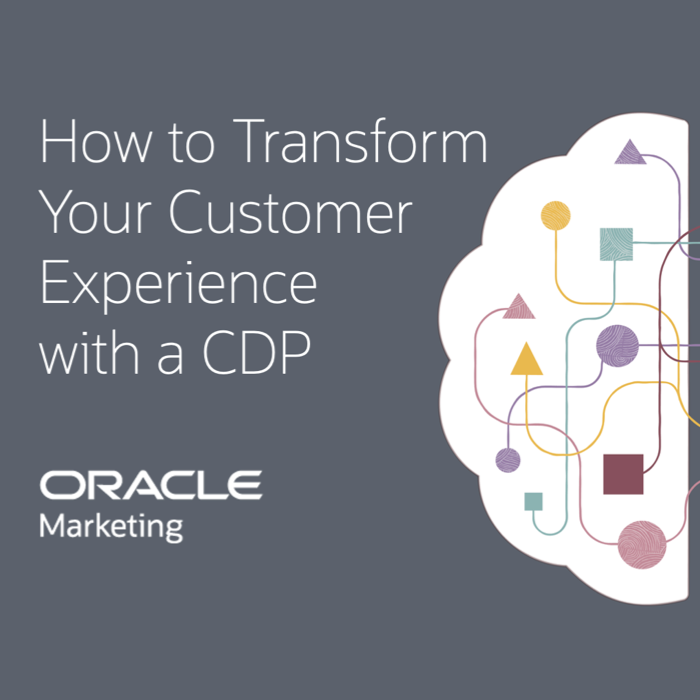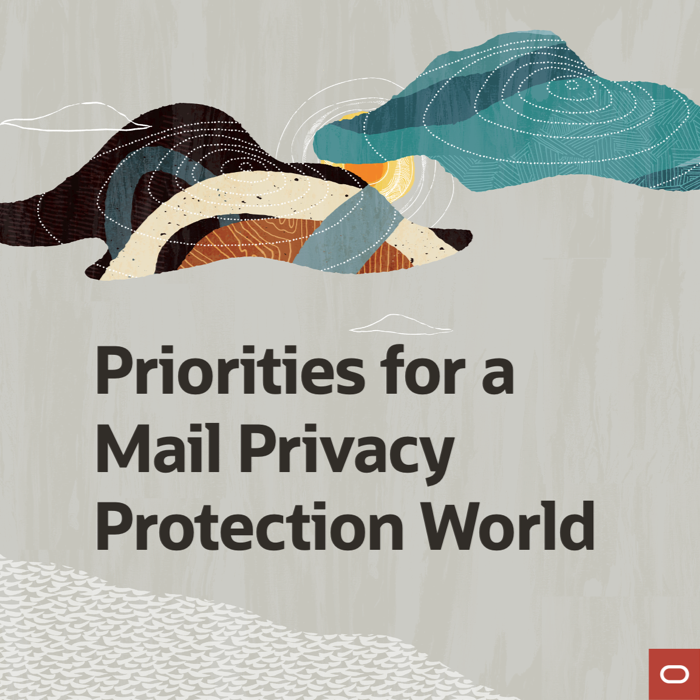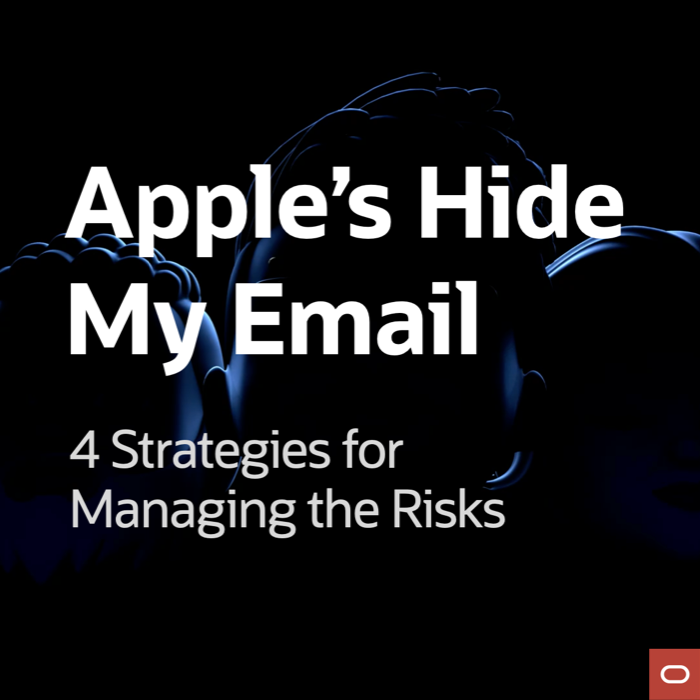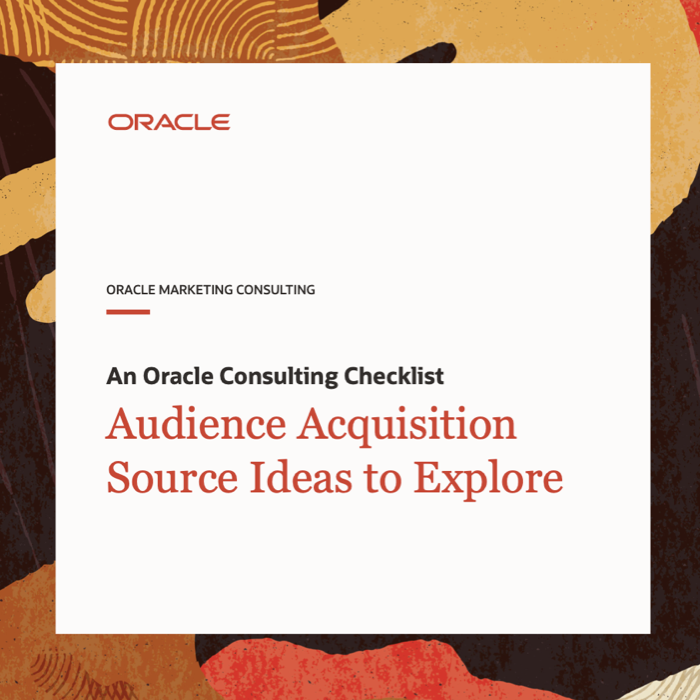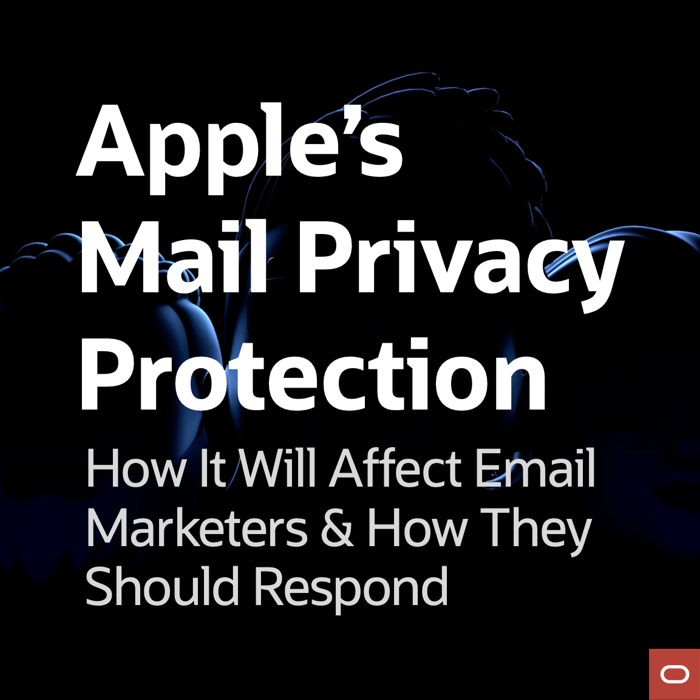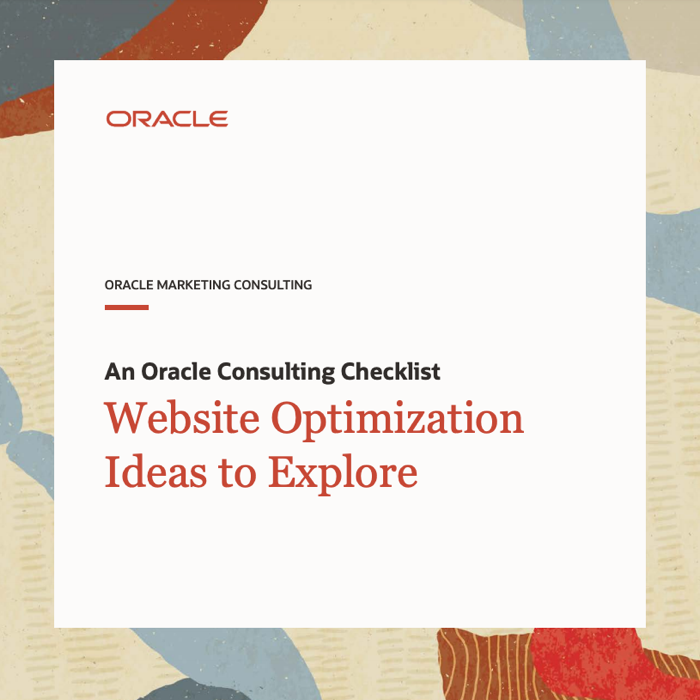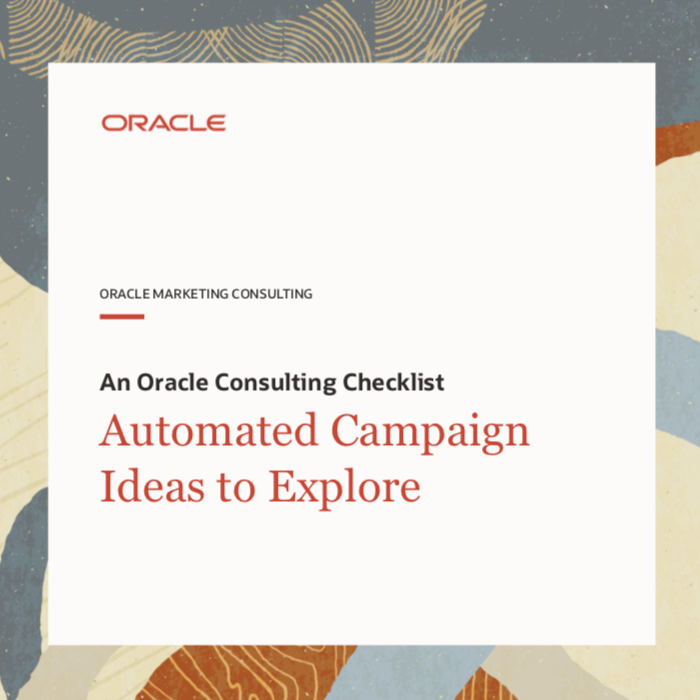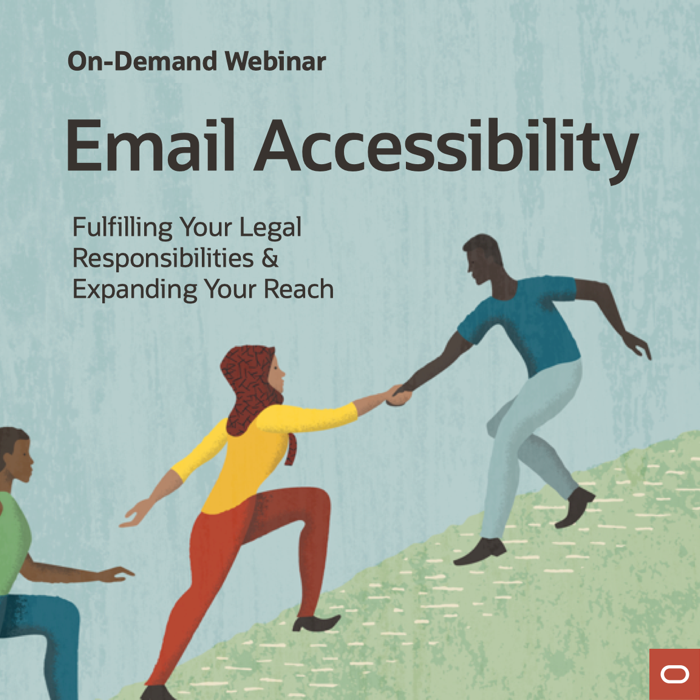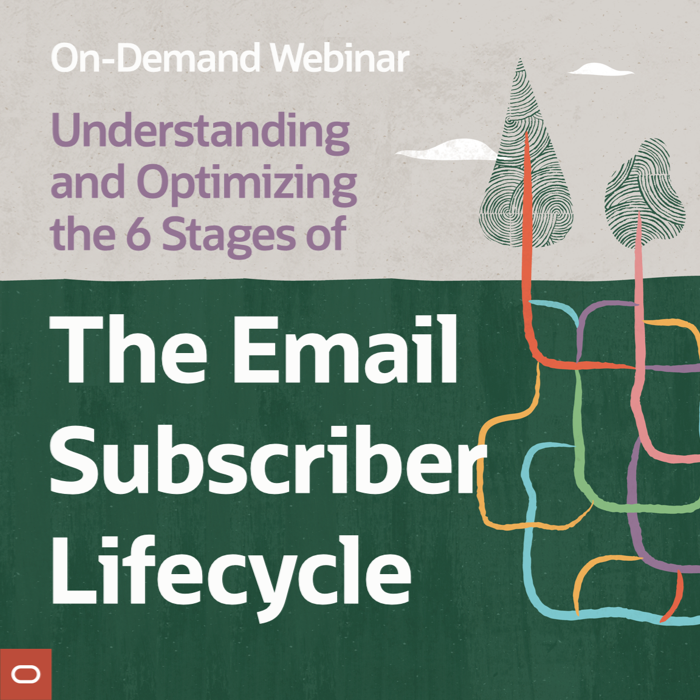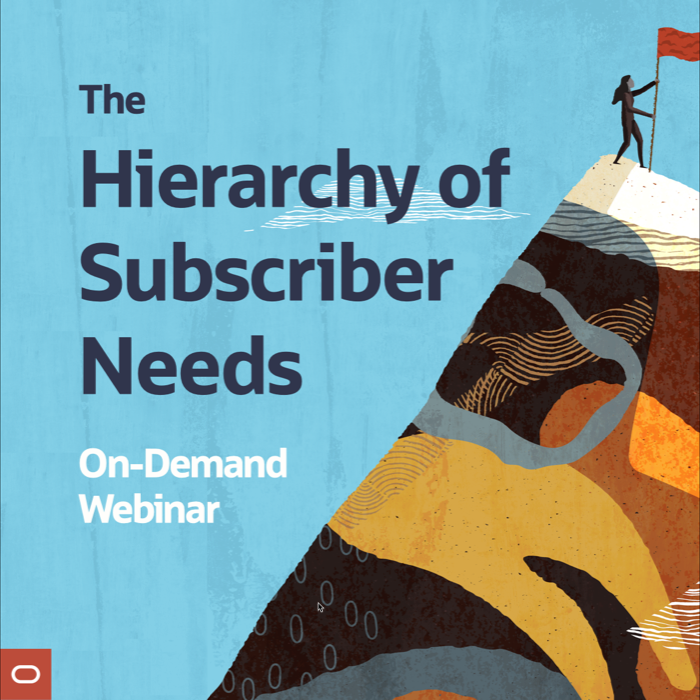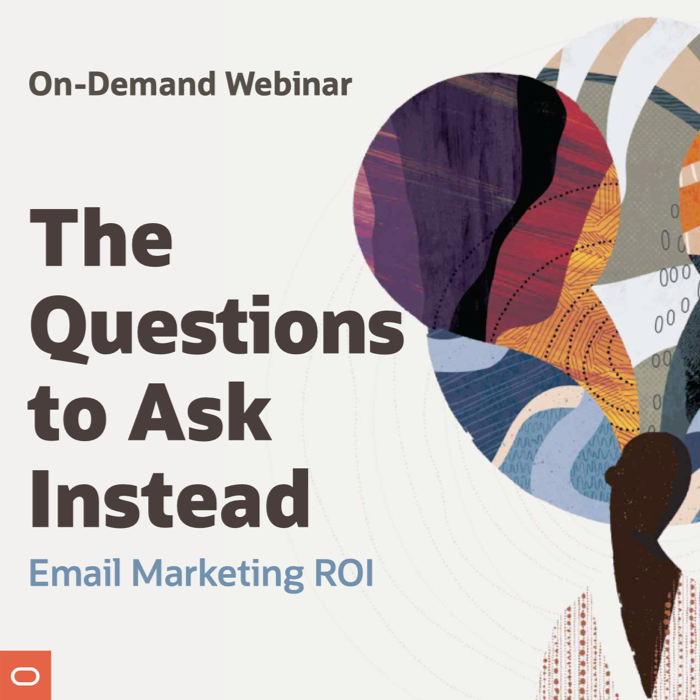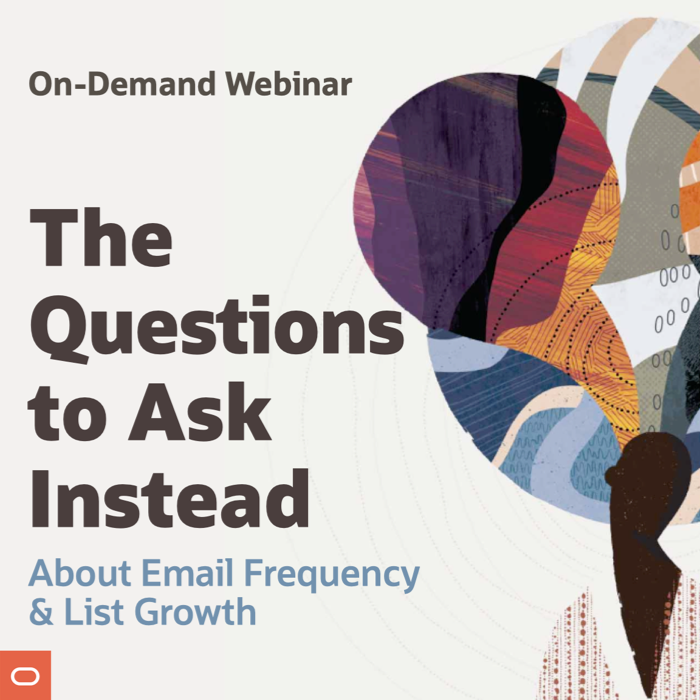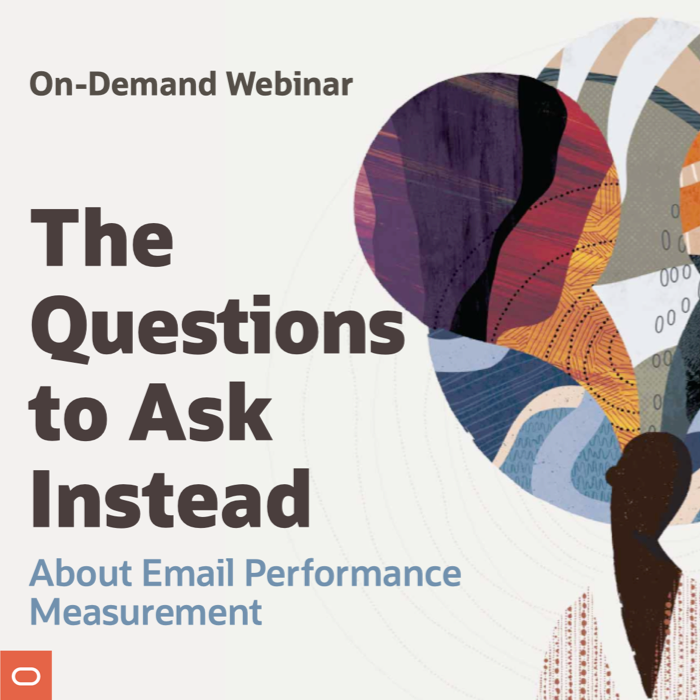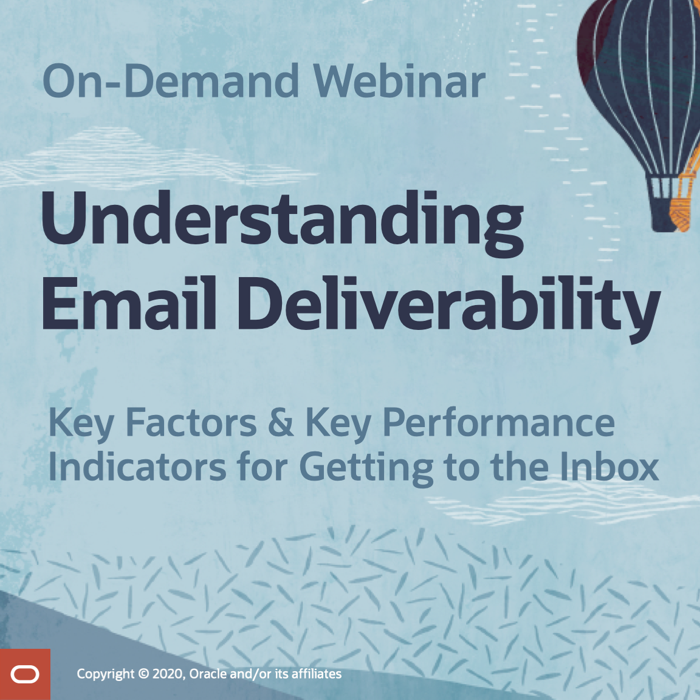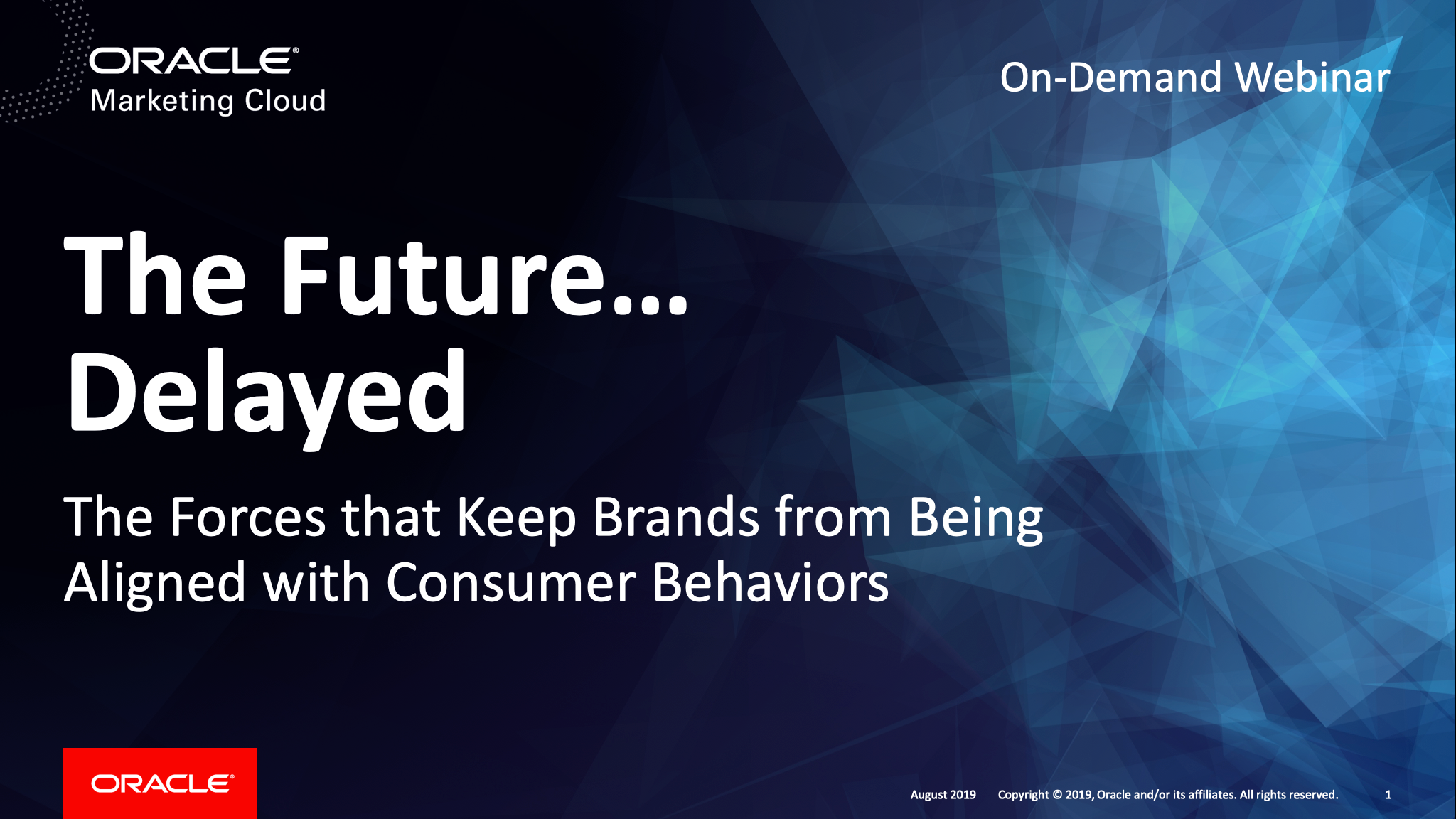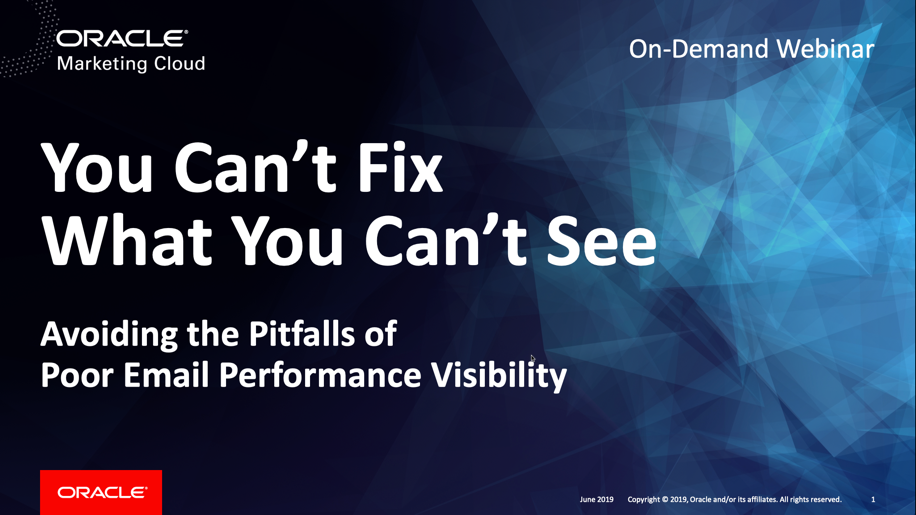#ETCafe Twitter Chat Preview: Measuring Email Marketing Success
Posted on April 30, 2013
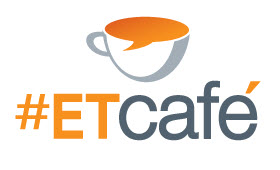 The ExactTarget team invites you to participate in our #ETCafe Twitter chat every Thursday from 11am-12pm ET, where we discuss emerging topics and trends from across the interactive marketing world. The virtual coffee chat is held directly on Twitter, hosted by @ExactTarget.
The ExactTarget team invites you to participate in our #ETCafe Twitter chat every Thursday from 11am-12pm ET, where we discuss emerging topics and trends from across the interactive marketing world. The virtual coffee chat is held directly on Twitter, hosted by @ExactTarget.
This week I’ll be a guest on the chat and we’ll be discussing measuring email marketing success. Here’s a preview of the discussion questions for our chat this Thursday:
1. Do you know the return on investment (ROI) of your email program?
2. How do you measure your email program’s influence on offline behavior and online sharing?
3. Do you measure subscriber lifetime value in addition to measuring campaign success?
4. Which email metrics do you find most valuable to running your email program?
5. How much weight do you give to negative metrics like spam complaints and opt-outs when measuring success?
6. Which key performance indicators does your CMO/CEO judge your email program by? Do you think they are the right KPIs?
7. What resources would you recommend to help email marketers better measure their success and set the right goals?
Please join us this Thursday for an exciting discussion with dynamic interactive marketing professionals! Follow the #ETCafe hashtag in your favorite Twitter application and be sure and add the hashtag to your tweet to participate.
The One-Two Punch of Subject Lines and Preheaders
Posted on April 25, 2013
While the growth of mobile email has more radically affected email design, it’s also affected subject lines by displaying fewer characters. As a consequence, subject lines have been steadily trending shorter over the past few years. While we used to recommend that subject lines be no longer than around 60 characters, now the recommendation is no more than about 40 characters. So subject lines are working harder on a per character basis.
The good news is that subject lines have backup in the form of preheader text, which is HTML text that’s placed at the very top of your email. Preheaders play a more prominent on mobile devices—and that’s in addition to the extra attention that preheaders get from Gmail and Outlook, which display a portion of your preheader text as snippet text after your subject line.

Many brands are wisely using their preheaders to elaborate on, continue or otherwise support the subject line, including hyperlinking some or all of their preheader text to enable subscribers to take action without reading further. Here are some great examples from recent emails:
West Elm, 2/18/13
Subject line: Today only: free shipping (plus a Presidents Day surprise)
Preheader: Use promo code FREE4PRES at checkout, some exclusions apply
LeapFrog, 2/18/13
Subject line: Be First to Love Our New, Exclusive LeapPad2 Bundles!
Preheader: Featuring Hello Kitty + Jake & the Never Land Pirates. Shop Now
The North Face, 2/22/13
Subject line: Win a $100 Gift Card – only 6 Days Left
Preheader: Download the app and submit a photo for your chance to win a $100 TNF eGift Card – don’t miss out on The North Face Never Stop Exploring App Photo Contest
Barneys, welcome series
Subject line: Fashion at Your Fingertips: Stay in the Know!
Preheader: Follow Barneys New York on The Window, Twitter, Facebook, Pinterest & YouTube.
Expedia, 3/4/13
Subject line: Save up to 50%: ASAP hotels
Preheader: ASAP: A Sudden Amazing Price
Wayfair, 3/19/13
Subject line: ★Convertible sofas under $499, go crazy for chevron, colorful accents & decor, get an elegant master bedroom ★
Preheader: Get framed art $55 and under. Kids love outdoor playhouses. Travel with carry-ons $100 and under.
Threadless, 4/24/13
Subject Line: Aerosoiled and 9 more new goofy designs by MADE artist Aaron Jay!
Preheader: Plus, hang out while we interview Aaron Jay at 11:30AM CST.
Gap, 4/24/13
Subject Line: Last day for 30% off! The clock’s ticking…
Preheader: Offer ends today, 4/24. Online only. Can’t see images? Click here.
Sephora, 4/25/13
Subject Line: Pick your gift!
Preheader: Choose from five of our favorite fragrances.*
Preheader text can be a significant source of clicks and spur deeper interactive with an email, so if you’re not using it you should probably reconsider and do some testing. And if you’re using your preheader text for whitelisting requests, “View this email with images” links or unsubscribe links, consider placing those calls-to-actions after preheader text that supports the subject line.
Sending a Welcome Series Is the New Onboarding Differentiator
Posted on April 23, 2013
 The beginning of an email marketing relationship is the most important. Not only are subscribers more engaged and more likely to convert, but optimizing the experience of a subscriber’s first month or so on your list can extend the overall time they remain engaged with your brand via email.
The beginning of an email marketing relationship is the most important. Not only are subscribers more engaged and more likely to convert, but optimizing the experience of a subscriber’s first month or so on your list can extend the overall time they remain engaged with your brand via email.
The welcome email has been a key tool in getting that relationship off on the right foot. In recent years, more brands are sending welcome emails. At the same time, the welcome email that simply confirmed a subscriber’s subscription has largely disappeared to be replaced by a welcome that seeks to immediately engage new subscribers with deals, progressive profiling and cross-channel opt-ins.
Nearly 81% of B2C marketers send welcome emails to their new subscribers, according to new ExactTarget research involving… Read my entire Email Insider column >>
Yahoo Mail Hacking Reveals Do-Not-Reply Failures
Posted on April 9, 2013
Much has been written about all the Yahoo Mail accounts that have been hacked in recent months. One of my tracking accounts was among those hacked and hijacked into sending a spam email to each of the contacts in my address book—which was full of sender addresses used by retailers to send promotional email.
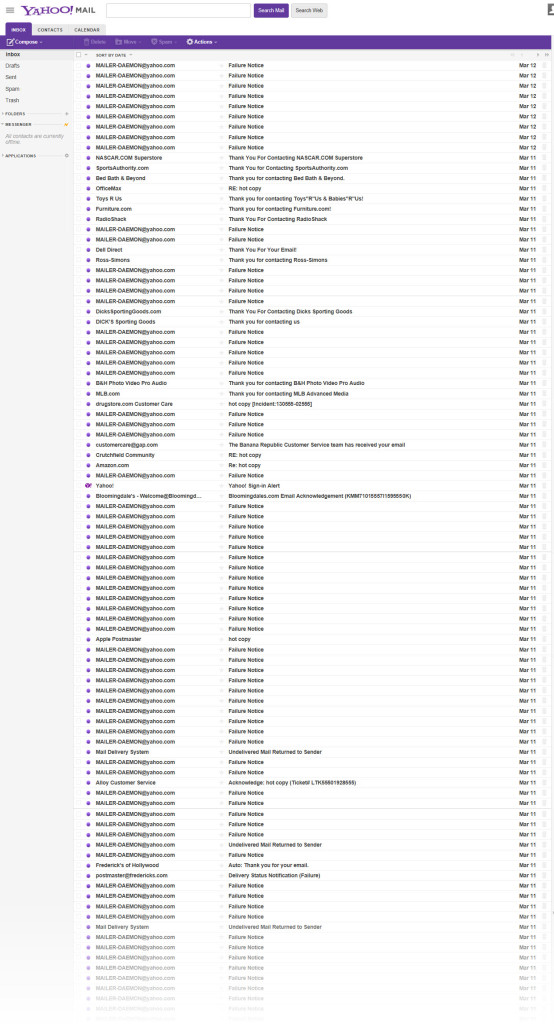 The resulting stream of “Failure Notice” messages made for a poignant commentary on the practice of using do-not-reply email addresses and mailboxes that don’t accept email. Even the “Thank you for contacting us” replies were mostly just messages saying that you reached an unmonitored inbox and instructing you to contact them by other means. Only a handful of brands including Alloy, Banana Republic, Crutchfield and Drugstore.com confirmed receipt of the message and said they’d reply (which none of them did considering it was obviously spam).
The resulting stream of “Failure Notice” messages made for a poignant commentary on the practice of using do-not-reply email addresses and mailboxes that don’t accept email. Even the “Thank you for contacting us” replies were mostly just messages saying that you reached an unmonitored inbox and instructing you to contact them by other means. Only a handful of brands including Alloy, Banana Republic, Crutchfield and Drugstore.com confirmed receipt of the message and said they’d reply (which none of them did considering it was obviously spam).
In the past, opponents of do-not-reply addresses have argued that they’re subscriber-unfriendly, that they send the message that it’s okay for the marketer to email the subscriber but not vice versa. Making it impossible to easily reply to messages eliminates interactions that might otherwise occur, which is a detriment to the marketer and their brand. Those points continue to be true.
However, over the past year or two, a new reason has emerged to ditch the do-not-reply address and start monitoring the replies to your promotional messages: deliverability. ISPs now factor in engagement metrics when determining whether to deliver, junk or block your emails. So if your subscribers open, scroll through, click, mark as important, forward, reply to or otherwise interact with your emails, then your future emails are more likely to be welcome.
While monitoring promotional email sender address accounts can be a chore because of all the spam and out-of-office auto-replies they get, more tools are now available to separate the signal from the noise.
So if you’re still using a do-not-reply address, you now have one less reason to keep using it and one more reason to make the switch.
The Many Gradations of Mobile Email Design
Posted on April 4, 2013
With mobile email reading now beyond the critical mass stage for nearly every brand, marketers are finally making creating mobile-friendly emails a priority. According to a MarketingSherpa survey, it’s an even greater priority than integrating email and social, which I think is very appropriate and overdue.
 My design colleagues here at ExactTarget just released Designing for the Mobile Inbox, a report that gives a great overview of the need for mobile email design and discusses the basics of mobile aware design and responsive design and how they’re different from desktop-centric design.
My design colleagues here at ExactTarget just released Designing for the Mobile Inbox, a report that gives a great overview of the need for mobile email design and discusses the basics of mobile aware design and responsive design and how they’re different from desktop-centric design.
While it’s helpful to think of email design as falling into those three major buckets, there are actually intermediary steps along the way from desktop-centric design to truly responsive design, and many of the brands I watch are definitely taking intermediary steps:
1. Desktop-Centric Design: Traditional design that’s wide for viewing on desktop and laptop monitors and small links and buttons that are intended for clicking on with a cursor
By my estimation, most marketers are still here at square one.
2. Quasi-Mobile Aware Design: The primary and secondary messages use images and buttons that are mobile-friendly, but the header, navigation bar and footer are still desktop-centric
This is the first step that many marketers take toward being mobile-friendly. Rather than overhaul their entire template, they’re improving the content that changes from email to email. Uncommon Goods is a good example of this approach. Their primary and secondary messages are mobile aware, but their navigation bar and footer aren’t touch-friendly yet.
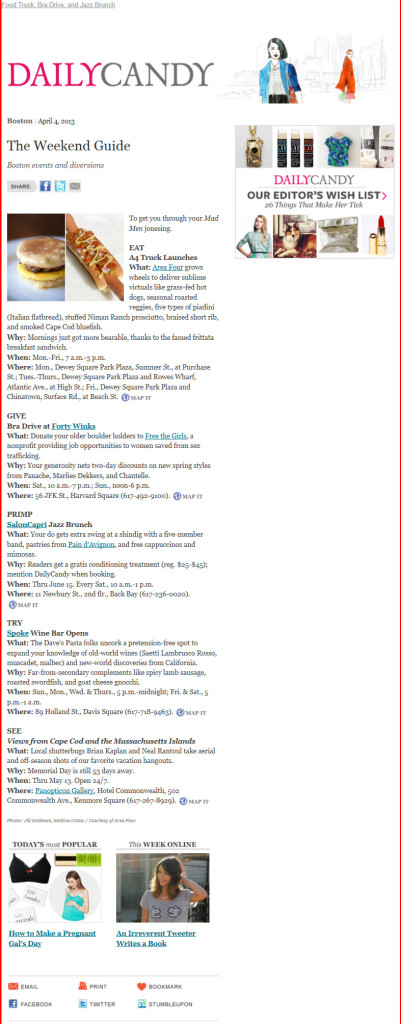 3. Mobile Aware Design: A single email design that works pretty well on both desktops and mobile devices
3. Mobile Aware Design: A single email design that works pretty well on both desktops and mobile devices
Skinny designs fall into this category. I like the creative approach taken by Daily Candy, which makes the entire right-hand side of their emails expendable in case it’s clipped by a small screen.
Spacious designs—with large images, large type and large buttons—that look good on tablets but scale down nicely for smartphones also fall into this category. Lowe’s emails are a good example of this approach.
4. Fluid, Liquid or Scalable Design: Expanding or contracting to fill the screen size, the design keeps everything on the screen to avoid the need for pinching on touchscreens
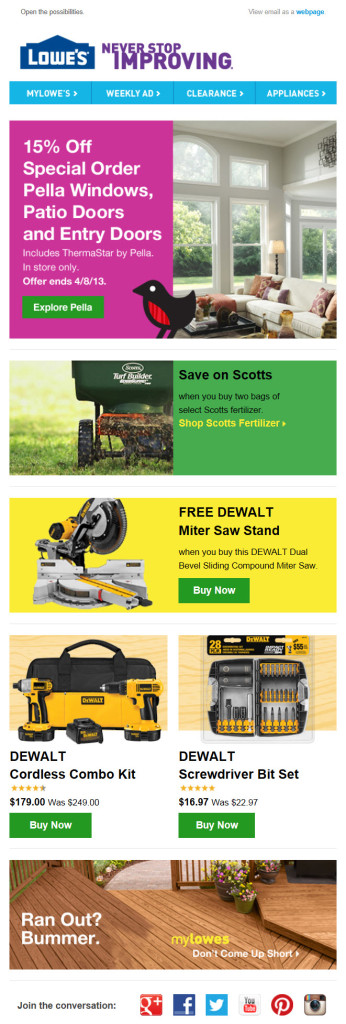 5. Adaptive Design: The design generally uses one or two pixel-width “breakpoints” that correspond to typical screen sizes for smartphones, tablets and desktops to trigger content changes and reformatting so reading the content is optimized for those screen sizes
5. Adaptive Design: The design generally uses one or two pixel-width “breakpoints” that correspond to typical screen sizes for smartphones, tablets and desktops to trigger content changes and reformatting so reading the content is optimized for those screen sizes
This flavor of design is often lumped into responsive design, although it’s technically simpler and more predictable in terms of rendering. For instance, we recently called this Starwood email and this REI email responsive when they’re actually adaptive designs with a single breakpoint that converts the email from desktop-friendly to smartphone-friendly. Many marketers will likely never see the need to improve their email designs beyond this point.
6. Responsive Design: The design format and content dynamically changes based on the screen size
This is held up as the holy grail of email design, but there’s very little true responsive design out there in terms of emails. To get a sense of what responsive design can do, just adjust your browser window when reading my blog, which is fully responsive. You’ll see the size of the images and text change dynamically, as well as the content reorient itself, all the way down to a screen width of just 180 pixels.
How mobile-friendly are your email designs currently and which flavor of mobile email design are you aiming for in the future?
The Last Word on March 2013
Posted on April 2, 2013
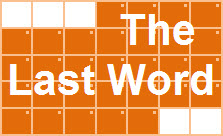 A roundup of articles, posts, tweets and emails you might have missed last month:
A roundup of articles, posts, tweets and emails you might have missed last month:
Must-read articles, posts & whitepapers
Responsive email design (#RED)
Marketers Push to Take Email Mobile
Marketing In The Age Of The Inbox Within The Inbox
Using a Popover as an Acquisition Tactic
Triggered Emails Secure Higher Open Rates, Engagement
Insightful & entertaining tweets
@stylecampaign: Anyone….how are they doing this? http://t.co/VkoivrrJzL v @alexcwilliams
@stylecampaign: Great @alexcwilliams already figured it out http://t.co/qSMYl0eKNK (cheers!)
@jackexmachina: Just received an invite to a “mobile email master class” that looked like junk on my phone. What is this, amateur night?
@AdamTSutton: At the end of the day, all that matters… is slapping yourself for #cliche copy
Great additions to the Email Swipe File pinboard
Zulily welcome email series sent during Q1 of 2013 >>View the pin
Warby Parker triggered email sent in 12/2012 >>View the pin
The White House email sent 3/15/13 >>View the pin
Anthropologie email sent on 3/15/13 >>View the pin
Noteworthy subject lines
Horchow, 3/4 — #ThenAndNow video with Roger and Sally Horchow + Friends & Family starts tomorrow!
ModCloth, 3/28 — Our most ‘Pinteresting’ pieces + wedding-worthy frocks!
Zazzle, 3/22 — Make your own Zazzle products with Instagram!
Container Store, 3/29 — Do you know what’s in your fridge?
Michael’s, 3/4 — March is National Craft Month. What will you make?
West Elm Market, 3/22 — Blue, yellow, red or orange?
UnderArmour, 3/28 — It Won’t Be Cold Forever.
Wayfair, 3/27 — ✿Floral bedroom decor, patio set upgrades, hosting essentials, bedroom under $400, living room furniture and more
DCCC.org, 3/22 — Mitch McConnell actually said this:
Karmaloop, 3/19 — Extended! KL Code: CELTIC
Neiman Marcus, 3/6 — Dress for the Year of the Snake
Tiny Prints, 3/28 — The 2013 Grad Collection Is Here!
SkyMall, 3/28 — From Now Until Opening Day, Save 25% at SkyMall!
ThinkGeek, 3/22 — ThinkGeek’s sorry you couldn’t go to PAX…
Lululemon Athetica, 3/26 — yoga on the rocks
Etsy, 3/16 — ROYGBIV
Urban Outfitters, 3/18 — One Thousand Shoes & Counting!
ASPCA, 3/15 — Top Five Pet Poisons of the Year
Walgreens, 3/4 — Say hello to Britain’s #1 beauty secret | 20% OFF Contacts
Most popular posts on EmailMarketingRules.com
1. The Email Marketing Rules Book Is Now Available!
2. Quarter of B2C Marketers Send a Welcome Email Series
3. More Brands Sending Welcome Emails, But Opportunities Remain
The Higher Bar for Browse Abandonment Emails
Posted on March 21, 2013
Because of their high ROI, cart abandonment emails are growing in popularity, although only 20% of retailers are using them, according to recent research. Adoption is even lower for browse abandonment emails, which are emails that are triggered in response to a subscriber browsing your website but not purchasing anything. However, that lower usage rate is to be expected because browse abandonment is intrinsically more complicated because the subscriber’s intention is much less clear.
With a cart abandonment, the subscriber has made their product choice or at least seriously narrowed it. But with a browse abandonment, it’s significantly much less clear if they product they last viewed was a great interest to them or not. Browsing can just as easily indicate directional product category interest as it can interest in a specific product.
Because of that, it leads to many potential questions: Did the subscriber like the product but just isn’t ready to buy? Did they like the product but were unsure if it was a good deal? Were they unsure if it had all the features they needed? Were they unsure about the product’s quality?
In a store, a shopper could ask an associate for more information and the associate would be able to ask questions to help the shopper come to a decision. Recreating those interactions in an email is challenging but increasingly feasible.
The evolution of Williams-Sonoma’s browse abandonment email program is a great example of how these emails have become more sophisticated. Williams-Sonoma was one of the earliest adopters of browse abandonment emails, sending them as early as 2009. Back then they acted like many of the cart abandonment emails do today, reminding the subscriber of the item they browsed and of some of the reasons to shop with the retailer.
Over time Williams-Sonoma recognized that a browser’s interest was less focused than a cart abandoner, so they added some top-rated products to these emails and then later made those additional product promotions more tightly related to the product that was browsed. They also added a “Shop Similar Items” call-to-action to the “Buy Now” CTA for the browsed product. By the end of last year, they were also including banners for seasonal products, like wine for Thanksgiving and Christmas dinners.
In addition to broadening out the messaging, Williams-Sonoma’s program also began to address the different reasons for abandonment more specifically. For instance, if an out-of-stock product was browsed, they made the logical assumption that you might be interested in purchasing it when it’s back in stock and send you a notification when it is.
And there’s certainly more room to up the sophistication further. Crutchfield’s browse abandonment program is my favorite. They have different ones set up to address subscribers who browse different product categories like HDTVs, Blu-Ray players, stereo receivers, 6-3/4” speakers, and DSLR cameras, as you can see in this example. It was sent in response to me browsing the Nikon D5100. You can see how they used that information as a starting point but went well beyond it to get at what my needs and concerns might have been, just like a good store associate would have done.
 Email Marketing Rules
Email Marketing Rules